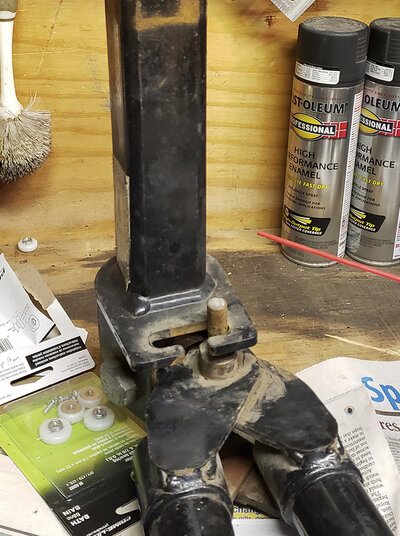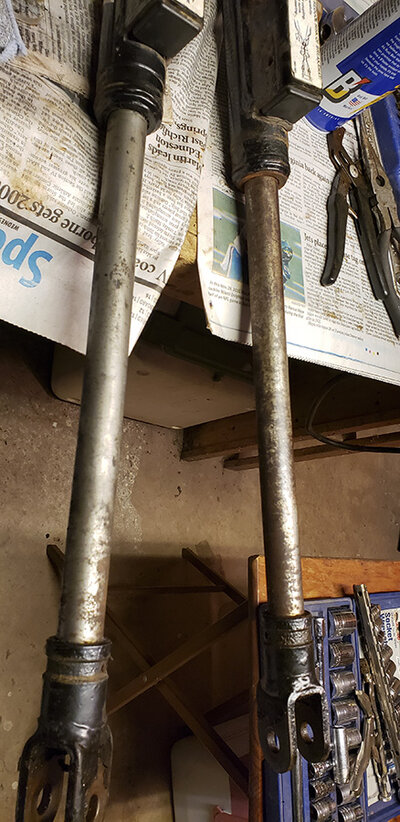jymbee
Well-known member
Posted here previously about ways to remove rust from tow hitch & BlueOx and getting around to implement some of the suggestions I received. Next step will be to lubricate the various moving parts including the cylinders. I figure I'll use some steel wool to clean the cylinders to start but wondering which lubricant would work best for those and other moving parts. I've got a number of options on hand including the usual WD-40, WD-40 PTFE Dry Lube, Spray White Lithium grease, and multio-purpose Lithium Grease. Thoughts?






